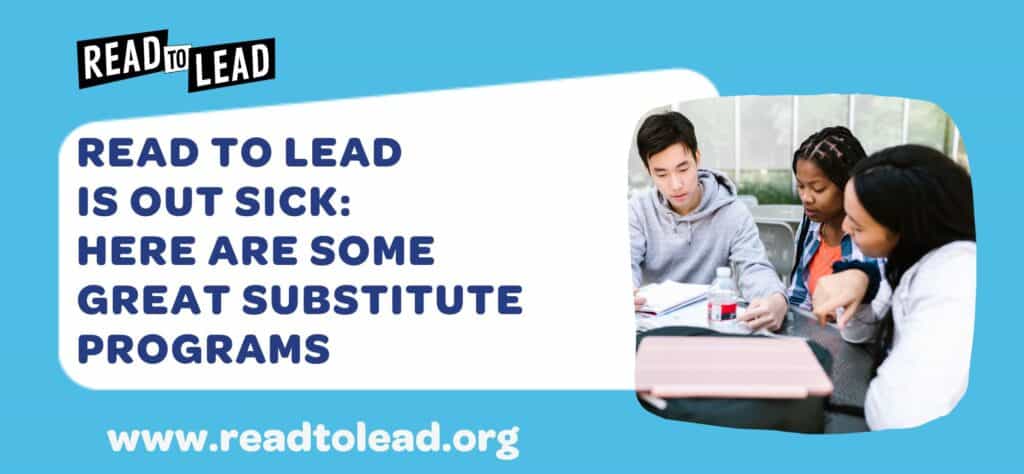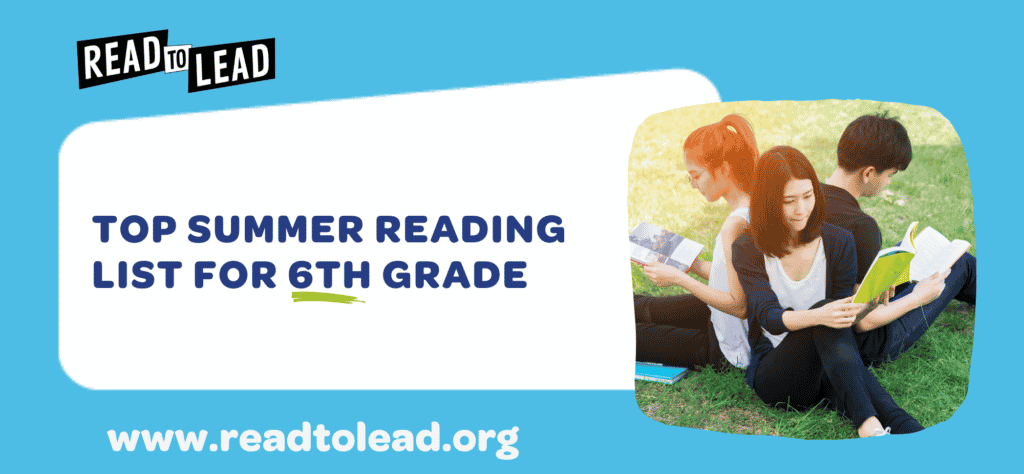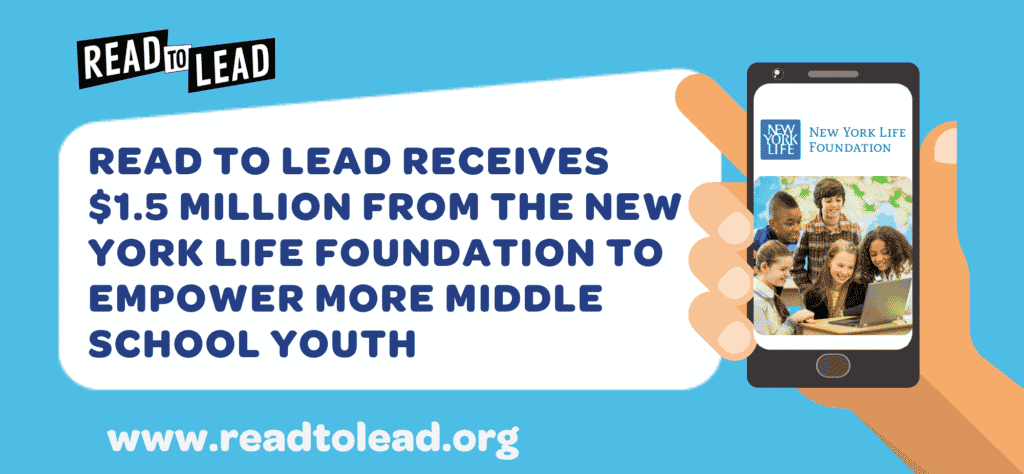Marlyn Torres, Senior Program Officer at the New York Life Foundation, discusses her work with the Foundation, the role that philanthropy plays during the pandemic, her leadership journey, and why middle school matters.
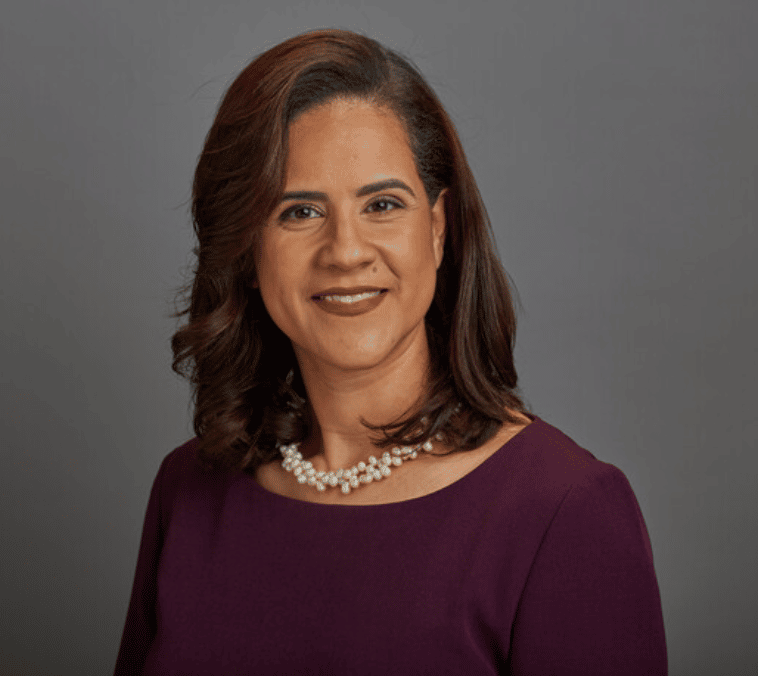
1. What is the ideal role of a philanthropic partner?
The New York Life Foundation fosters holistic relationships with its grantee partners. We give our “treasure, time, and talent.” By treasure, I mean our grant funds. By time and talent, I mean the volunteer time our agents and employees contribute to our grantees.
Building on this, a philanthropic partner ideally keeps the lines of communications open. Being flexible and open to the nonprofit’s priorities is also essential. While there may be clear deliverables tied to a grant, things can change as a program is implemented. Both parties need to be agile to determine how best to achieve the articulated goals.
2. How has that role changed in your 20 years of involvement in philanthropy?
The philanthropic partner relationship has evolved to become more multifaceted. The funder is in a robust partnership with the grantee. These relationships have grown deeper and less transactional, often going beyond the grant funds. The funder is a thought partner and provides more resources in addition to the grant. However, the core elements you need to create a successful partnership have not changed. Communication, trust, mutual respect, and understanding remain critical for a long-standing, successful partnership.
3. What does the New York Life Foundation look for in an organizational partner? How have those criteria changed as a result of COVID?
The main criteria we look for is alignment to our focus areas, high-quality and evidence-based programs, strong organizational leadership, and solid financial footing. One of the biggest challenges will be how organizations deal with the enormous financial strain that the pandemic has placed on their abilities to operate programs and fundraise.
As a company, New York Life values our policyholders’ long-term goals and takes the long view on its investments. This carries through in the Foundation’s grantmaking approach, which makes longer-term, multi-year grant investments. The next two to three years will be critical as programs contract and expand in response to COVID-19.
4. Why do you invest specifically in middle school youth? Why is this a pivotal time?
Middle school is a critical juncture in a young person’s development. An overwhelming body of research shows that if a young person gets to 9th-grade on-time and on-track, they are four times more likely to graduate from high school. Additionally, middle school grades, education, and youth programming are under-resourced compared to other grade levels. The Foundation directly supports organizations that help middle school students get to 9th-grade on-time and on-track. This provides a strong educational foundation for youth that will help them build a brighter future.
5. How has the New York Life Foundation responded to COVID?
The New York Life Foundation has had to be nimble to support its grantee partners as they pivoted their programs. When schools closed and lockdown orders took effect in March, the Foundation called each of our grantees to understand how they were impacted. We permitted our grant funds to be used for general operating support to help our partners meet pressing needs. Next, we accelerated any pending grant payments. If a grant payment was scheduled for November, we paid that grant sooner in April or May. We also sent a brief survey to our grantees to collect information on which programs were operating, which were pivoting their programs, and which had access to cash reserves or lines of credit. Based on these results, we issued one-time emergency grants to assist our national strategic partners.
We’re built for uncertain times like these. New York Life is a 175-year-old company, and we’ve navigated through major national disasters in the past. We’ve persevered through the 1918 flu pandemic and two world wars, to name a few.
6. What was your journey through K-12 education like? Were there any moments that helped shape the leader you’ve become?
As a product of the NYC public school system, both positive and negative experiences shaped me to become the person I am today. When I was in the second grade, a teacher yelled at me and called me stupid. Though it was very painful and hurtful, the experience fueled my determination to excel. As an 8-year-old, I worked hard to overcome challenges, which drove my strong work ethic and determination.
The “leader as coach” model is my leadership style. I like to build self-confidence in others by acknowledging all team members’ strengths and helping them realize their potential. Reflecting on my middle school experience, I knew the value of being exposed to different opportunities and the importance of trying new things.
7. What was your professional journey to your current leadership role at the New York Life Foundation? Was there a moment that you knew you wanted to work in philanthropy?
After graduating from Fordham University as a political science major, I worked in the public policy field on a range of social issues in nonprofits in Washington, D.C. and New York City. I was always asked for data for a proposal or report to a foundation, which sparked my interest in exploring the nonprofit sector’s other side. Fortuitously for me, as I was pursuing my graduate degree at NYU, an internship opened at the New York Community Trust. That was my entry point into philanthropy.
I’ve had supportive mentors in the philanthropic field. I have had the pleasure of working in a community foundation, a corporate foundation, and a private family foundation. Thirteen years ago, I was recruited to join the New York Life Foundation. I am the Foundation’s Senior Program Officer, managing the national education grants portfolio.
8. How would you define leadership in the workplace? In your experience, what are the three most essential qualities of a leader?
Leadership in the workplace takes many forms. Leaders need to remain adaptable and be in a state of continuous improvement, continually learning from others about new technologies or policies. For me, the three most important qualities of a leader are trust, open communication, and confidence-building.
9. Do you see literacy as merely reading, or does it include other skills? What makes literacy so crucial in preparing students for the challenges they will face?
Literacy is the basis for knowledge-gathering at any age. I tell my two daughters, “Nobody is better than you, and the only way you get smarter or better at something is by reading and asking questions.” Literacy is critical because communicating effectively (reading, writing, and speaking) is immensely important in the workplace. Moreover, thinking critically and discerning reliable information in this age of information overload and social media is incredibly valuable.
10. Why is it important to expose young people to real-world careers and prepare them to be leaders?
Opportunities to experience real-world careers allow students to explore interests and determine what they like and don’t like. The New York Life Foundation knows that student engagement is critical for learning to take place. In middle school, gaining real-world experiences helps students develop the practical skills they need to build brighter futures during a formative period of their lives. Programs like Read to Lead help young people see themselves with the skills to work toward “being the boss.” These programs help shape their futures.
11. When you were in middle school, was there a leader you looked up to? What was inspiring about that person?
I was fortunate to go to a middle school outside my zoned school district that was better resourced than my neighborhood school. While I had to travel further, which was challenging for me at a young age, it was good to see what was possible outside of my local community. Middle school was great because I could explore many interests, which guided me in my high school choice. There wasn’t a specific teacher I looked up to, though it was a positive experience overall.
12. What would you tell your younger self? What advice would you give to students listening today who are unsure of the skills they should possess to be successful?
Recently, I found an old journal from when I was in middle school. Reading it, I realized how much of the core parts of myself are still the same. I’ve always been a very sympathetic person and value others’ opinions and voices. My advice is to trust and have confidence in yourself, as difficult as that may sound. It’s important to surround yourself with positive people that support you and believe in you. Try new things, don’t give up, and learn from your mistakes. I can honestly say that everything I learned about myself, I learned in middle school!
If you’d like to learn more about the ways that Classroom, Inc. partners with corporations, please contact Matt Chacko at mchacko@classroominc.org.
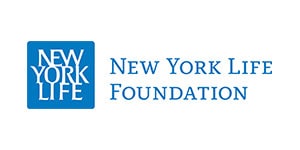
About Read to Lead
Read to Lead uses the power of game-based learning to empower middle school students to build literacy, life, and career skills. Teachers can sign up for a free account to get started!
